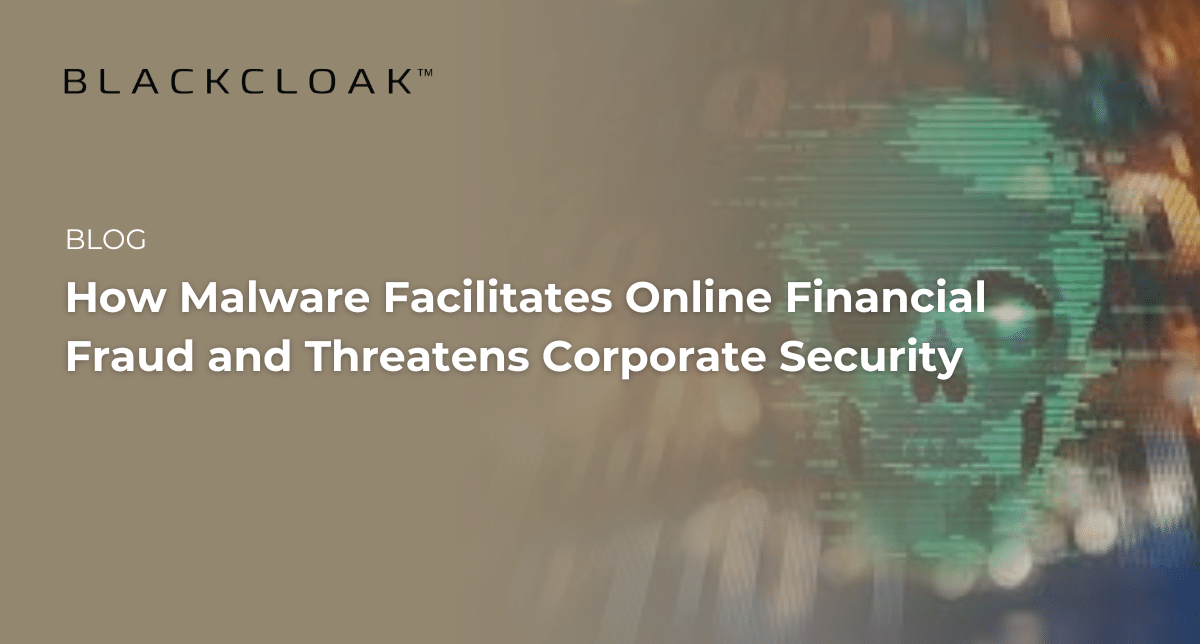How Malware Facilitates Online Financial Fraud and Threatens Corporate Security

Malware stands as a formidable tool in the arsenal of cybercriminals, facilitating online financial fraud with alarming efficiency and sophistication. This malicious software, designed to damage or disable computers, now targets the very heart of our financial security and, by extension, poses a significant threat to corporate environments. Let’s delve into the mechanics of how malware perpetrates financial fraud and the potential it has to infiltrate corporate security systems, compromising personal and organizational data.
The Mechanics of Malware-Driven Financial Fraud
Malware operates by exploiting vulnerabilities within computer systems or deceiving users into granting unauthorized access. Cybercriminals deploy various types of malware, including spyware, ransomware, and trojans, to execute financial fraud.
Spyware monitors and collects data on user activity, capturing sensitive financial information without the user’s knowledge. Ransomware locks users out of their systems, demanding payment for access restoration, often targeting corporate networks to extort large sums. Trojans, disguised as legitimate software, create backdoors in security systems, allowing unauthorized access to financial accounts.
One common tactic involves phishing emails embedded with malware links. Unsuspecting users click these links, inadvertently installing malware that logs keystrokes or searches for financial data stored on the device. This information then gets transmitted to the fraudsters, who exploit it for unauthorized transactions, identity theft, or selling the data on the dark web.
The Bridge to Corporate Vulnerability
The line between personal and corporate cybersecurity is increasingly blurred. Employees often use personal devices for work or access corporate networks from home, creating potential entry points for malware. A single compromised device can provide a conduit for malware to infiltrate corporate systems, leading to data breaches, financial loss, and compromised client trust.
Moreover, the sophistication of malware allows it to evade detection by traditional antivirus software, making it a persistent threat to corporate cybersecurity. Advanced Persistent Threats (APTs), for instance, use malware to gain long-term access to networks, enabling cybercriminals to siphon off sensitive data over extended periods without detection.
Mitigating the Threat of Online Financial Fraud
To combat malware-driven financial fraud and its potential to compromise corporate security, organizations must adopt a multi-layered security approach. This strategy includes educating employees about the dangers of phishing emails, implementing strict access controls, and ensuring personal devices meet security standards before accessing corporate networks.
Regularly updating and patching software can close security loopholes, while advanced threat detection tools can identify and neutralize sophisticated malware. Additionally, encrypting sensitive data, both at rest and in transit, can protect it from unauthorized access, even if a system is compromised.
Malware facilitates online financial fraud by exploiting vulnerabilities and deceiving users, posing a significant threat to both personal financial security and corporate environments. The interconnectedness of personal and corporate devices amplifies this risk, highlighting the need for comprehensive cybersecurity measures. By understanding the mechanics of malware-driven fraud and implementing robust security protocols, individuals and organizations can better protect themselves against these evolving cyber threats.
BlackCloak: Helping Corporate Executives Address Their Greatest Cybersecurity Liability—Their Homes
BlackCloak’s award-winning digital executive protection reduces the threat of malware and online financial fraud by protecting a company’s executives’ home networks and personal devices. Interested in learning more? Request a demo today.







